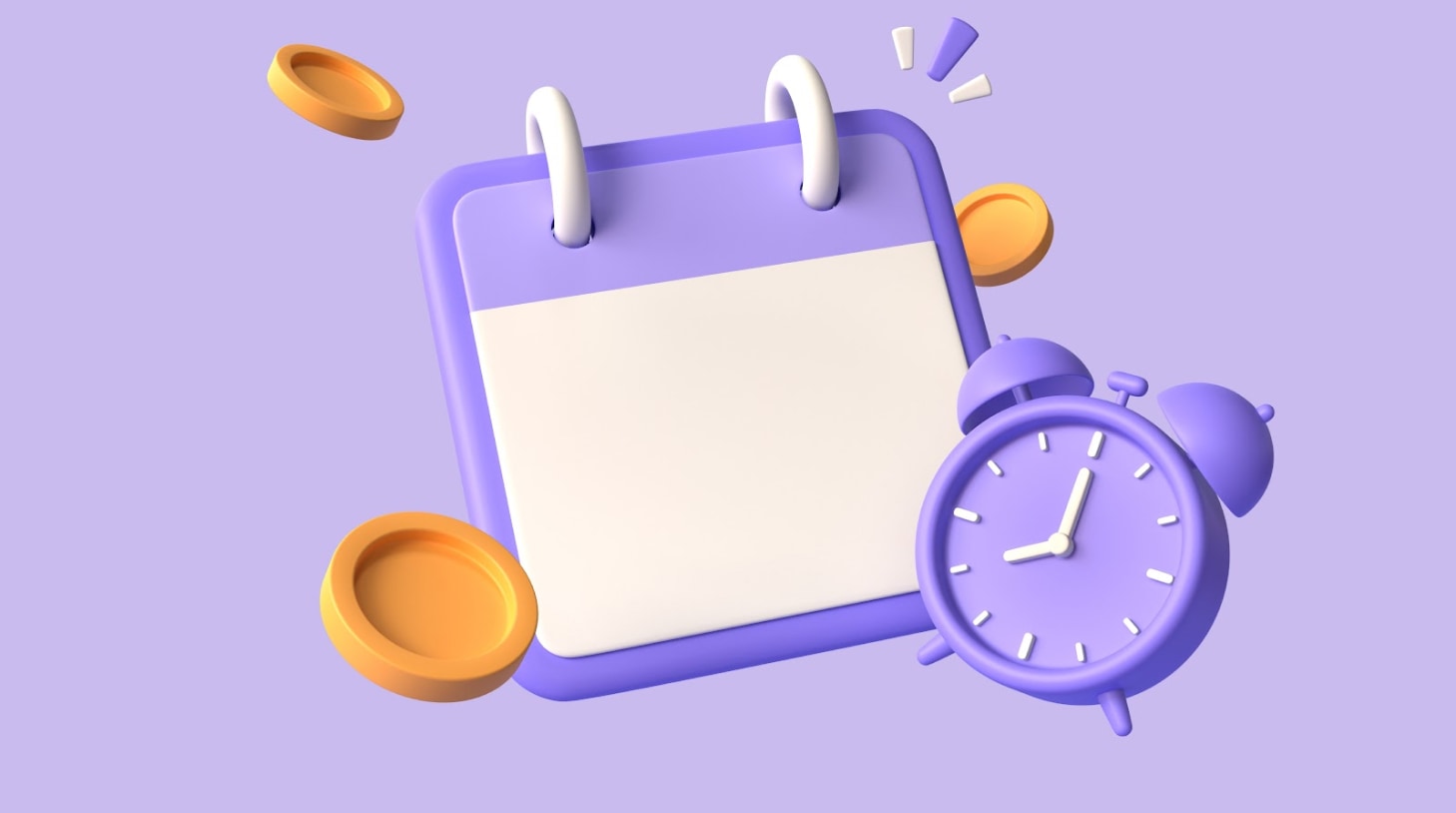How to use an HRIS – and 6 reasons why you need one
An HRIS (Human Resources Information System) is a digital tool that streamlines HR processes like onboarding, payroll, analytics, compliance, and self-service. It automates complex tasks, reduces errors, provides valuable insights, ensures compliance, and empowers employees.

Human Resources (HR) is elemental to every department in your company. From onboarding new hires to payroll to time off, HR has its finger on the pulse of employee relations. And as such, as an HR professional or business owner, you’ll find software – in this case, an HRIS – to optimize all this work. Knowing how to use one is virtually a must in today’s working world.
You can probably relate to this: the thought of actioning and capturing each employee’s every little career move elicits nightmares for HR personnel everywhere. Battered steel filing cabinets stuffed with ever-fattening manilla employee records, precious hours spent tracking down signatures, and heaps of paperwork compiled to predict trends are just some of the inconveniences of working in HR.
And for the employees? Wasting work hours to make a simple time off request, or being unaware of the training they can attend to further their careers, are HR red flags for any modern-day company.
As a business owner, how can you eliminate the aggravation of endless, time-consuming admin and increase productivity?
Yes, that’s right. A Human Resources Information System – the aforementioned HRIS – benefits your company hugely.
Contents
Why you need one to be using an HRIS
In the rapidly evolving world of business, the need for streamlined, efficient, and accurate human resource management has never been more pronounced. An HR Information System (HRIS) stands at the forefront of this change, becoming an indispensable tool for businesses, both large and small. Why, you ask? Here are six compelling reasons:
1. Onboarding: focus on the experience, not the paperwork
With a capable HRIS in place, gone are the days of dragging a hapless new employee from one department to the next, filling in multiple forms for their induction. Now, a centralized database allows new recruits to enter all their relevant information in one space with company-wide accessibility – the ideal way to avoid double-entry inaccuracies.
Reminders of training workshops, events, and next steps in the onboarding workflow also give your brand-new employee control over their schedule. With the mountain of paperwork out of the way, they can focus on assimilating into your workplace. Over 25% of new hires quit their jobs after just three months, but with automated onboarding, you can beat this statistic with a 16% increase in retention rates.
Workable’s HR solution, already equipped with a best-in-class recruitment software, comes with its own natively built onboarding feature, easing the transition from candidate to employee.
2. Payroll: letting the software handle the hard stuff
Validating employees’ time and attendance, a clock-in clock-out function, and giving employees easy access to view their paychecks are just some of the ways HRIS can work for you. Other capabilities include payroll reports, PTO and overtime adjustments, benefit deductions, tax calculations…the list goes on. HRIS performs complex processes with zero errors and minimal human intervention.
Along with convenience, an automated payroll system awards you some much-needed time. A CareerBuilder study found that managers who did not fully automate lost about 14 hours per week on manual tasks that could have easily been automated. This equates to at least one whole extra day of work that can be dedicated to employee engagement, learning and development, or performance improvement.
3. Analytics: crunching numbers for creative initiatives
The rise (and fall?) of HR analytics researched what its value would be in 2025 and cited that “managers will consider HR analytics an unmistakable link in underpinning and making strategic choices”. That’s all well and good until you have to sift through mounds of data, trying to make sense of the information while picking up on patterns that could predict the future of your workforce.
With an HRIS, however, the data is organized for you and generated in the form of boardroom-ready reports. Make use of templates that consider the usual HR metrics or create a customized analysis specific to your organization’s needs.
Need to convince the board of executives that your initiative has a solid foundation? Nothing lends credibility to a strategy like the numbers that back it up, and with HRIS, those are just a few clicks away.
4. Compliance: Sticking to the rules has never been easier
Whether it’s a US Department of Labor audit or keeping up with government regulations, anything to do with compliance sits firmly in HR’s lap. CCPA, GDPR, EEOC … the alphabet soup of legislation can be disorienting to wade through.
While it’s a necessary aspect of HR, most personnel would rather focus their energy on talent development and employee retention. HRIS gives them the time to do this with standardized reports and graphs that need only have their parameters defined and are quick to access.
But it doesn’t stop at mere information output. Combined with time and attendance data, HRIS tracks working hours, overtime, and break periods – sending an alert when non-compliance may become an issue. It even sends notifications when employees become eligible to enter your company’s retirement program. With fewer items for HR personnel to have to track, you can decrease workload and possible errors.
5. Self-service: opening the portal to employee interaction
When an employee heads to HR to change their personal information, they are distracted from their tasks, which impacts productivity. Time and money are lost for a simple benefits change. HRIS gives employees access to their personal information so they can make certain changes themselves.
Not only does this ensure the information is accurate, it provides your workers with some autonomy while encouraging employee engagement.
Self-service options can include: submitting documentation; viewing paychecks; monitoring time and attendance; changes to benefits; notifications and alerts between management and employees; and access to learning management systems.
6. Time-off requests: saving paper, time, and money with a couple of clicks
Here’s a well-known stat: companies spend $20 to file and store a single document. That’s just the monetary cost of filing one time off request. It also involves the following:
- verifying if it’s unpaid or paid time off (PTO)
- checking PTO balances
- ensuring the correct number of days are allocated when combined with public holidays and weekends
- updating the new PTO balance
- informing the relevant stakeholders
That’s 20 minutes of an office worker’s time doing something that could have been done in less than five.
HRIS makes quick work of this tedious process by instantly sending time-off requests to the applicable manager, updating PTO balances once approved, and sending notifications to interested parties. All this in minutes and with no paper to be seen (or lost) anywhere.
Streamline your processes with HRIS
It’s time to move your operations into the digital age. With a welcoming onboarding program, comprehensive payroll suite, and user-friendly employee self-service function, HRIS takes care of day-to-day duties while boosting company-wide collaboration on a single platform.
In a G2 survey, 80% of HR employees observed that using HR technology improved employees’ attitudes toward the company. It’s a well-known fact that an engaged employee equates to better performance. With the time and money you’ll save, HRIS is the perfect tool for directing your company’s resources to where it matters.
Frequently asked questions
- What is the role of an HRIS in onboarding new employees?
- An HRIS simplifies the onboarding process by providing a centralized database where new employees can input all their relevant information. This eliminates the need for multiple forms and reduces the risk of errors. It also allows new hires to manage their schedules, including reminders for training workshops and events, enabling them to focus on integrating into the workplace.
- How does an HRIS streamline payroll processes?
- An HRIS automates various aspects of payroll, including validating employees' time and attendance, adjusting PTO and overtime, calculating taxes, and handling benefit deductions. By automating these complex processes, HRIS reduces errors and frees up time for managers to focus on other important tasks like employee engagement and performance improvement.
- Can an HRIS assist in HR analytics?
- Yes, an HRIS organizes and presents data in the form of comprehensive reports, making it easier to understand and utilize HR metrics. It allows for customized analysis specific to your organization's needs, providing a solid foundation for strategic decision-making.
- How does an HRIS help with compliance?
- HRIS simplifies compliance by generating standardized reports and graphs that are easy to access and understand. It tracks working hours, overtime, and break periods, alerting you when potential non-compliance issues arise. It also sends notifications when employees become eligible for your company's retirement program, reducing the workload and potential errors for HR personnel.
- What self-service options does an HRIS provide for employees?
- An HRIS allows employees to access and modify their personal information, submit documentation, view paychecks, monitor time and attendance, and make changes to benefits. This not only ensures accuracy but also promotes employee engagement and autonomy.




